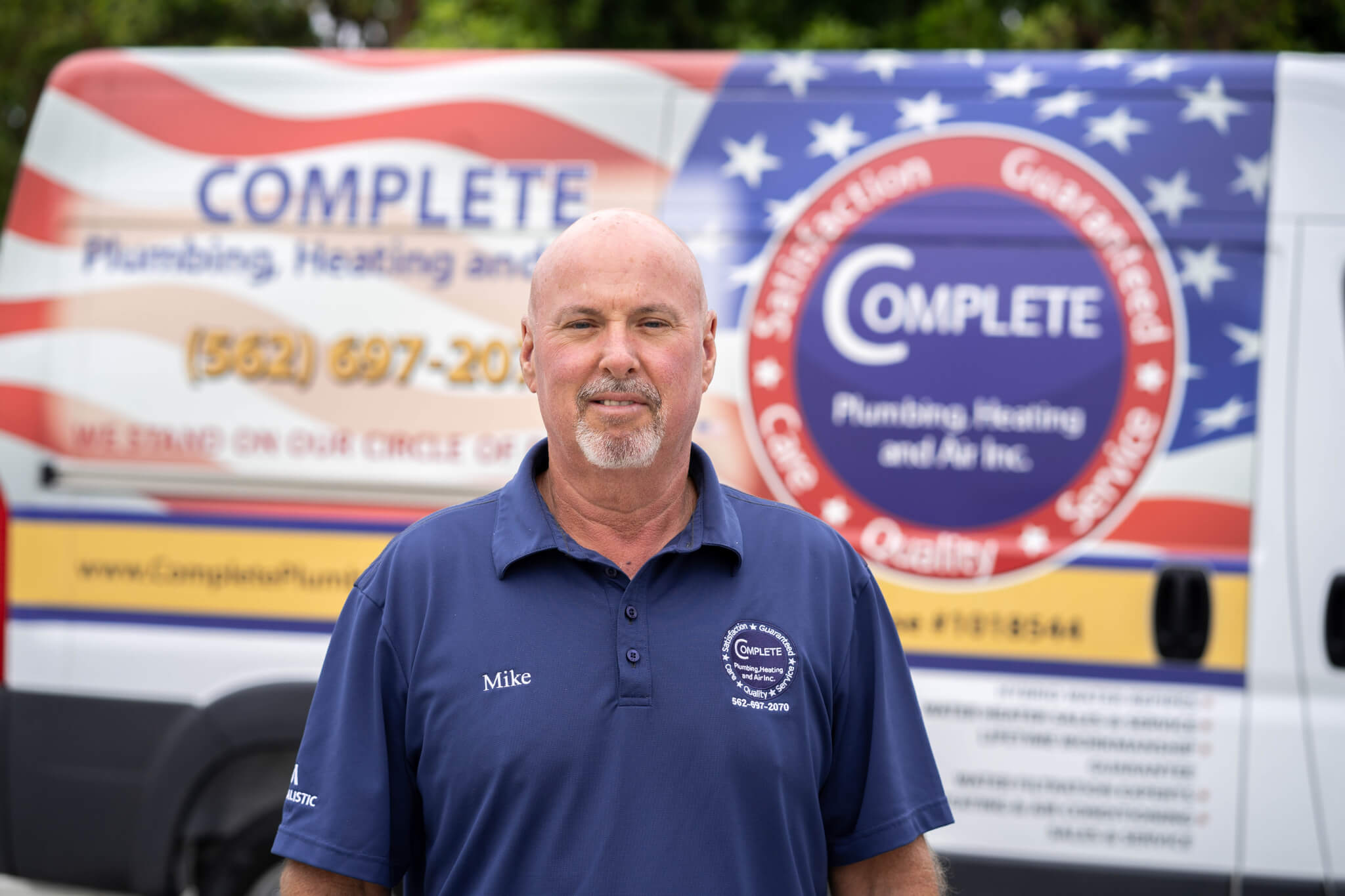During early February, certain parts of the country suffered an unprecedented deep freeze — weather that has never been seen before in much of the South. In Texas, the extreme conditions caused state-wide emergencies, such as icy roads, blackouts, water outages, and boil-water orders. Many homes and buildings were ill-equipped to handle the icy temperatures. As a result, local plumbers have been working overtime to get systems back in order.
Tankless water heaters are no exception to the list of systems that can be severely impacted by the cold. Fortunately, there are precautions that you can take to mitigate, if not eliminate, the problems.
Winterizing your tankless water heater can help minimize adverse reactions if and when Mother Nature strikes again.
Water heater placement
Because of times like these, tankless water heaters should be installed in a warm place, especially if the area is prone to extreme winter weather. A heated space such as a garage or basement can help prevent any freezing from occurring.
What if indoor placement is not possible? Ideally, install units on an indoor wall by positioning your outdoor water heater on the walls alongside a heated indoor space rather than facing open air. This can help decrease the likelihood of freezing. Noritz’s tankless water heater manual specifies the air temperature around indoor units should not drop below 32F, and there should not be a negative pressure in the room.
Another option is to utilize vent terminations. A proper vent termination kit will provide a barrier against winds and can minimize potential wind chill entering, and ultimately freezing, the unit. When applying, locate the venting systems away from incoming wind chills. Explore our tankless water heater venting accessories here.
Heat tape
Insulation can offer an added layer of protection for your tankless water heater as well as your plumbing pipes which are extremely susceptible to freezing during frigid temperatures. Fiberglass and heat tape are both excellent options.
Heat tape specifically comes in many different types and materials, so you are able to find the best suited for your winterizing needs. Applying the tape on pipes connected to the water heater can ensure the water being carried to and from your unit does not freeze. Keep in mind though, while heat tape is great for protecting other water pipes outside of the unit, it also only works when there is power.
Battery backup
As mentioned above, maintaining a consistent power source will come in handy when freeze protection is needed. But what about when homes and businesses lose power, as happened with disastrous consequences in Texas?
Having a battery backup on hand is vital, especially if your area is prone to power outages. When temperatures are near dangerously cold, the system will begin operating (whether your tankless unit is on or not) and provide warmth to vital parts of your water heater.
Some tankless water heaters offer freeze-protection capabilities, such as Noritz tankless units fitted with built-in electric heaters. With these heaters, placing your system near a power source makes it easy to keep it plugged in, so that the freeze protection will kick in if necessary. Battery backups allow the unit to run the freeze prevention for a limited amount of time (20 minutes to an hour, depending on size of battery backup).
If frequent power outages of only a few minutes are common, then a battery backup makes sense. Otherwise, longer power outages of hours or days should be addressed with a gas generator which has the added benefit of allowing the use of other electronic devices during that time. A gas generator would keep the tankless powered up as well as any heat trace installed on the plumbing.
Drain water ahead of the freeze
Even the smallest puddle of excess water residing in your tankless system can freeze. Ice inside the unit can damage internal components, most commonly the ones made of plastic. Standing water needs to be drained ahead of inclement weather as a precautionary measure.
By using the hot- and cold-water line valves, the water can be isolated to the water heater itself. The ability to do this depends if the unit was installed with water shut-off valves underneath it or not. When in doubt, refer to your Noritz tankless water heater owner’s manual for additional freeze prevention steps including draining the unit.
Installing solenoid valves can make draining water even easier. The valves have an extremely quick response time and will self-drain internal water when the power source shuts off. Again, if power outages are common where you live, installing solenoid valves is a good option to consider.
If you need assistance with your tankless water heater or preparing for winter weather, please contact the Noritz technical department here.


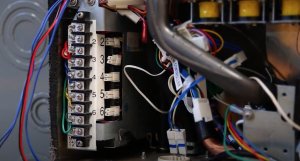
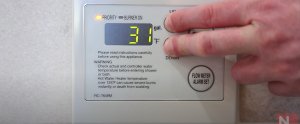 temperature sitting at the outlet. As you're testing the faucet, the burner light will turn on when the unit has fired up.
temperature sitting at the outlet. As you're testing the faucet, the burner light will turn on when the unit has fired up.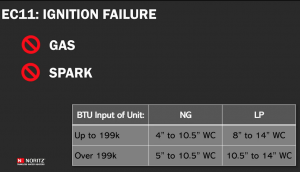 just as it shows on the rating plate of the unit.
just as it shows on the rating plate of the unit.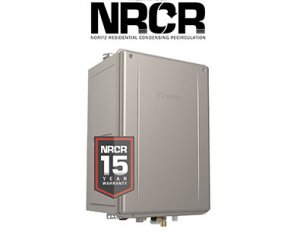
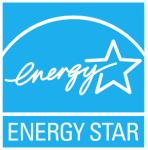

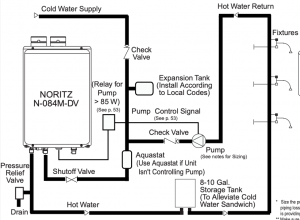 Hot water flows from the water heater and passes near each hot-water outlet.
Hot water flows from the water heater and passes near each hot-water outlet.